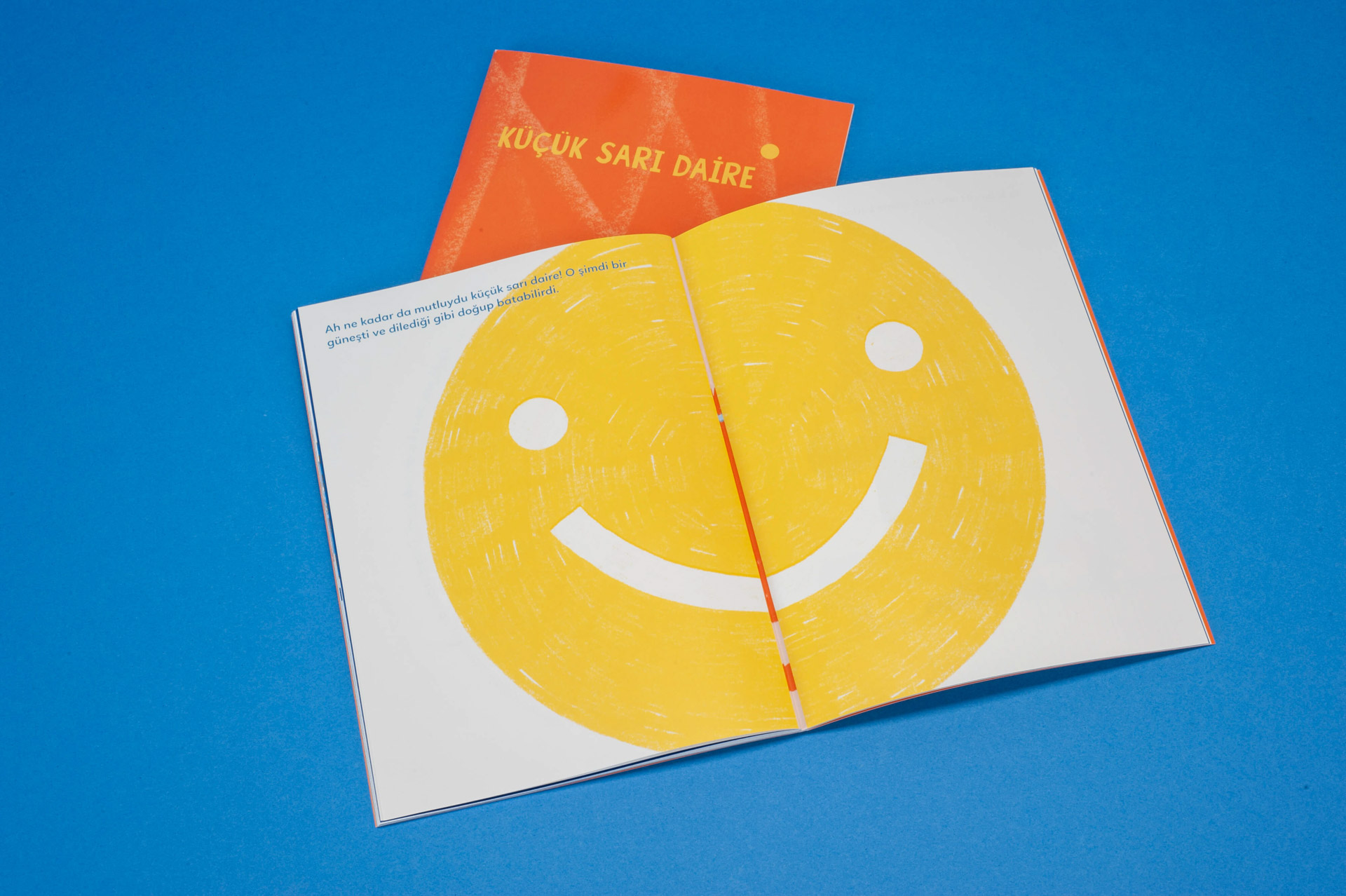Director: Jessica Oreck
Cast: Alyssa Lozovskaya, Maksim Blinov, Vladimir Koshevoy, Alena Artemova
USA, 2019, 97', DCP, b&w
Russian with Turkish subtitles
Caught in the grip of a war-torn Russian winter, the city is starving to death. Despite their hunger, Alyssa and Maksim heroically work to preserve the treasures of the world’s most important seed bank – treasures that hold the key to the future of their country’s food supply - even though its sustenance could mean their survival. Part documentary, part fiction, One Man Dies a Million Times isn't just about romance or war or food security, it's about fighting for what you believe in, fighting for the ones you love, and fighting for your own survival.
This program’s screenings and events are free of admissions. Drop in, no reservations. As per legal regulations, all our screenings are restricted to persons over 18 years of age, unless stated otherwise.
Trailer

Published as part of Pera Learning programs, “The Little Yellow Circle (Küçük Sarı Daire)” is a children’s book written by Tania Bahar and illustrated by Marina Rico, offering children and adults to a novel learning experience where they can share and discover together.
Tuesday - Saturday 10:00 - 19:00
Friday 10:00 - 22:00
Sunday 12:00 - 18:00
The museum is closed on Mondays.
On Wednesdays, the students can
visit the museum free of admission.
Full ticket: 300 TL
Discounted: 150 TL
Groups: 200 TL (minimum 10 people)